No products in the basket.
Solvent Waste 45 Degree Obtuse Bend 32/40/50mm
From £0.93 Excl. VAT
Solvent Waste 45 Degree Obtuse Bend 32/40/50mm
*Complies with latest European standards: Fittings to EN1329-1 ; Pipe to EN1566-1 & BS5255:1989
Fast Shipping
All orders are shipped in 1-3 business days.
Secure Checkout
SSL Enabled Secure Checkout
Satisfaction Guarantee
Easy 30-day return policy.
Top Rated Customer Service
We are the highest rated online merchant!



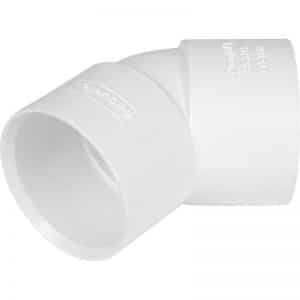
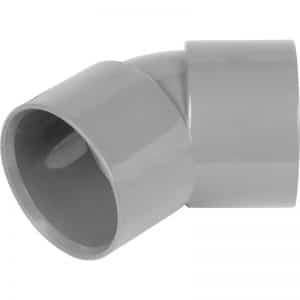
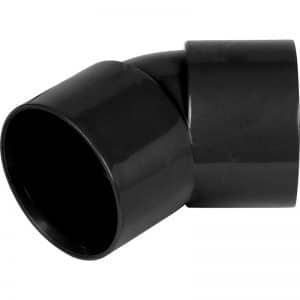
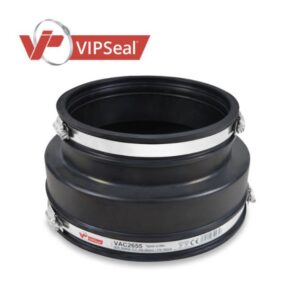
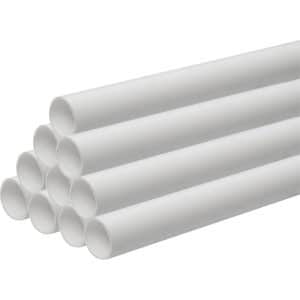
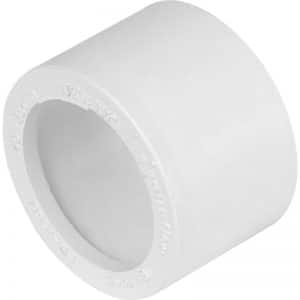

Reviews
There are no reviews yet.